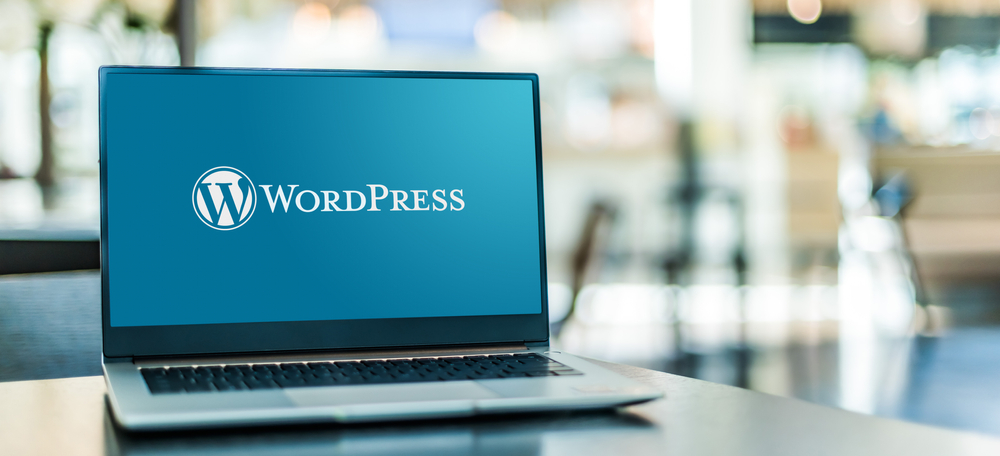
WordPress is undoubtedly one of the most popular content management systems for building websites. It offers a wide range of customization options that allow you to create a unique and professional-looking website. However, to make the most out of WordPress (the platform for bloggers) , it's important to familiarize yourself with its customization features and learn some essential tips and tricks for website maintenance. In this article, we will explore key methods to master WordPress (WP) customization for effective website management.
1. Understanding the WordPress (or WP) Theme System
One of the first steps to mastering WordPress (the blogging platform) customization is understanding the theme system. Themes control the design, layout, and overall appearance of your website. WordPress provides a vast collection of free and premium themes that you can choose from. However, to achieve a truly personalized website, customization is necessary.
To begin customizing your WordPress theme, navigate to the Appearance section in your WordPress dashboard. Here, you can make changes to the theme's header, footer, colors, fonts, and other design elements. For more advanced customization, you can edit the theme's code or create a child theme to avoid losing modifications during theme updates.
2. Utilizing WordPress Plugins
WordPress plugins are a crucial aspect of customization. They add functionality to your website without the need for coding. With thousands of plugins available, you can enhance your website's functionality in various ways. Whether it's improving SEO, adding social media sharing buttons, or introducing e-commerce capabilities, there's a plugin for nearly any feature you can imagine.
When selecting plugins, ensure they are compatible with your version of WordPress and receive regular updates from their developers. Also, be cautious not to install too many plugins, as this can slow down your website's performance. Only choose necessary plugins and regularly review and disable any that are no longer useful.
3. Customizing the WordPress Editor
The WordPress editor allows you to create and format content for your website. While it offers a range of features out of the box, mastering its customization can greatly improve your workflow.
To customize the editor, you can use plugins like TinyMCE Advanced or the Gutenberg editor's built-in options. These plugins provide additional formatting options, giving you more control over your content layout. You can add custom styles, create reusable blocks, and modify toolbar options according to your preferences.
4. Optimizing Website Performance
Website performance is a crucial factor in user engagement and search engine rankings. A slow-loading website can discourage visitors from exploring further, resulting in higher bounce rates.
To optimize your WordPress website's performance, there are several actions you can take. Firstly, choose a reliable and fast web hosting provider. Ensure your hosting plan is suitable for your website's requirements. Additionally, keep your WordPress installation, theme, and plugins up to date to benefit from performance improvements and security patches.
Minimizing the use of animations, large image sizes, and unnecessary plugins can also significantly boost your website's loading speed. Finally, consider implementing caching mechanisms, content delivery networks (CDNs), and optimizing your code to further improve performance.
5. Backing Up Your Website
Website backups are crucial for protecting your hard work and ensuring you can easily restore your website in the event of a security breach or accidental data loss. WordPress itself does not provide built-in backup functionality, so you'll need to rely on third-party plugins or manual backup solutions.
A popular backup solution is UpdraftPlus, which allows you to schedule automatic backups and store them on external services such as Dropbox or Google Drive. It's crucial to regularly test your backups to ensure they are functioning correctly.
Frequently Asked Questions
Q1. Are WordPress plugins safe to use?
A1. While the majority of WordPress plugins are safe, it's important to be cautious when choosing and installing them. Stick to plugins with good reviews, a large number of active installations, and regular updates from their developers. Additionally, regularly review and remove any plugins that are no longer necessary or pose a security risk.
Q2. How often should I update my WordPress installation, theme, and plugins?
A2. Regular updates are crucial for maintaining a secure and optimized website. It's recommended to update your WordPress core, theme, and plugins as soon as new updates are available. However, before performing updates, create a backup of your website to mitigate any potential issues that might arise.
Q3. Can I revert back to a previous version of my WordPress theme or plugin?
A3. Rolling back to a previous version largely depends on the specific theme or plugin. Some themes and plugins may offer a rollback feature, while others may not. However, if you have a backup of your website, you can restore the previous version and avoid potential compatibility issues or conflicts.
Q4. How can I improve my WordPress site's SEO?
A4. WordPress offers several SEO plugins, such as Yoast SEO and RankMath, that can help you optimize your website for search engines. Additionally, focus on creating high-quality content, using relevant keywords, optimizing your meta tags, and improving website loading speed to enhance your SEO performance.
Q5. Is it necessary to use a child theme when customizing WordPress?
A5. While not mandatory, using a child theme is recommended when customizing a WordPress theme. Child themes allow you to make modifications without affecting the original theme. This ensures that your customizations are not lost during theme updates and makes it easier to manage and maintain your website's design and functionality.
In conclusion, mastering WordPress customization is crucial for effective website management. Understanding themes, utilizing plugins, customizing the editor, optimizing performance, and regularly backing up your website are essential aspects of maintaining a successful WordPress site. By implementing the tips and tricks provided in this article, you will be well on your way to creating and managing a customized and high-performing WordPress website.
Other useful resources
- https://www.wordpress24plus.com/wordpress-tools-directory/wordpress-plugins/
- https://www.wordpress24plus.com/wordpress-tools-directory/wordpress-themes/
- https://www.wordpress24plus.com/wordpress-tools-directory/
- https://en.wikipedia.org/wiki/Blog